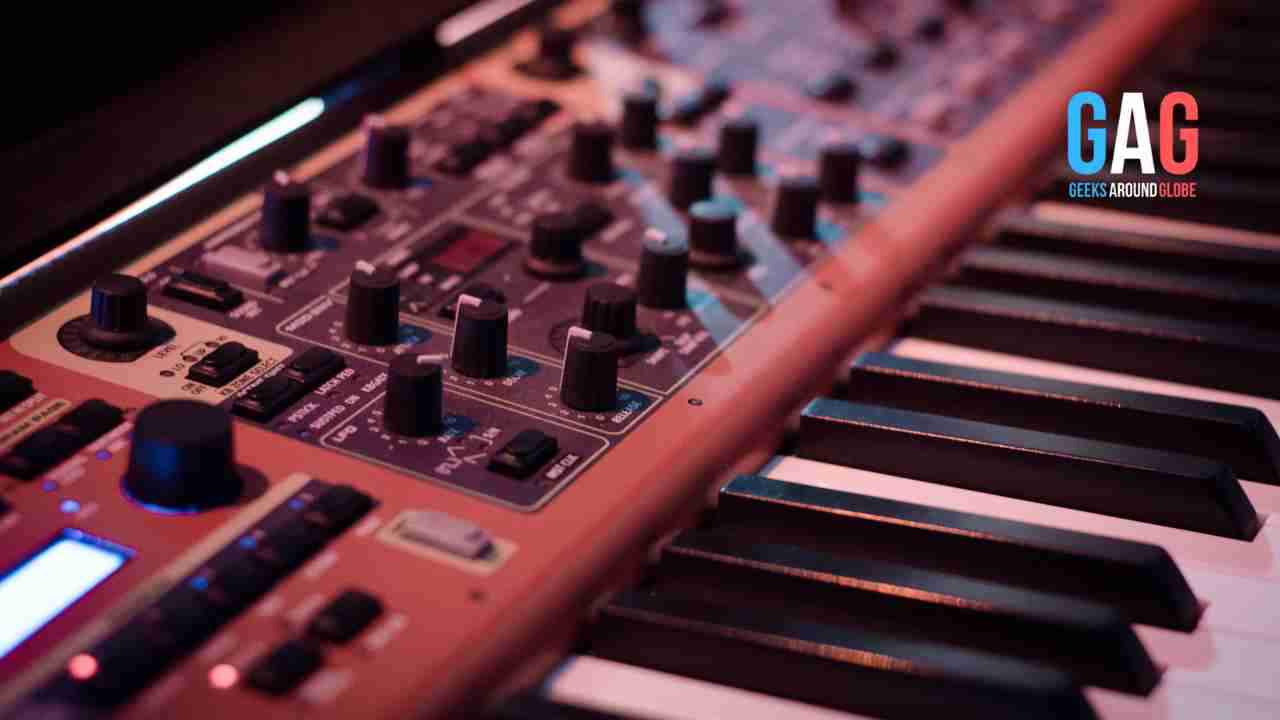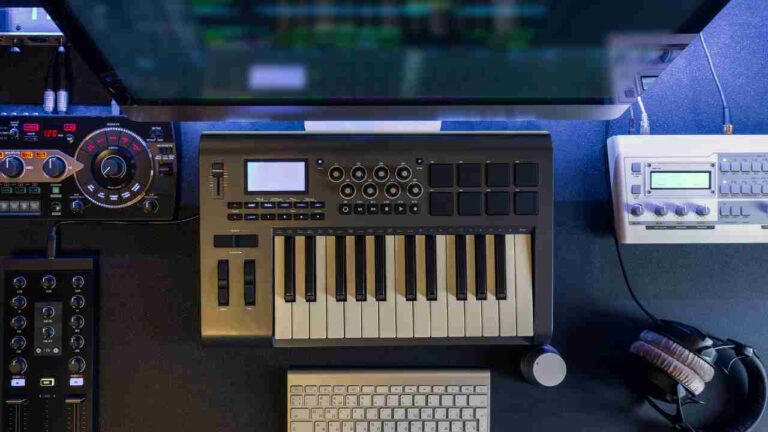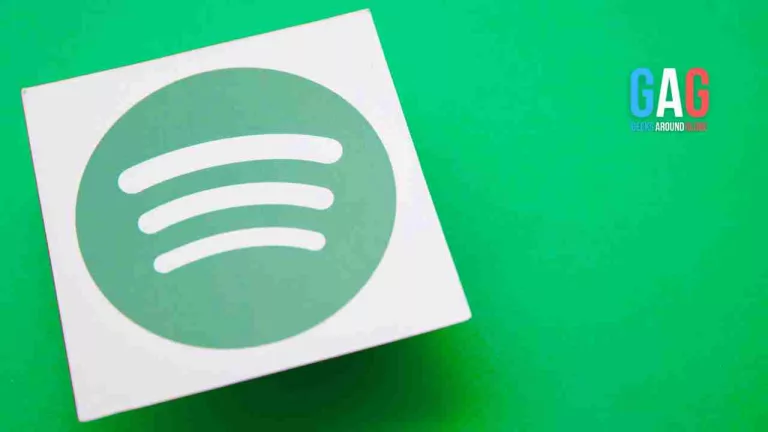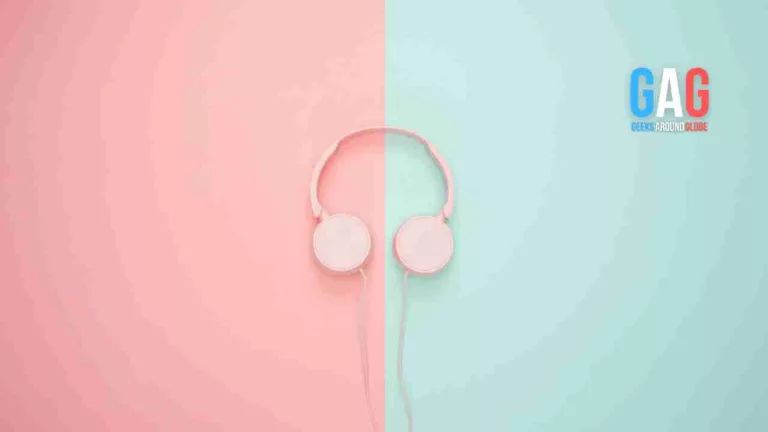Every industry on earth has adapted to and benefitted from modern technology, and the music industry is no exception. In the past century, the music industry has undergone a remarkable evolution in how it distributes music to its audience.
Thanks to advancements in modern technology, more artists than ever before now know how to upload music to Spotify and capitalize on opportunities artists from previous eras didn’t have without the headache of sorting out physical distribution. From vinyl records to streaming platforms, the advent of technology has revolutionized the way music is created, distributed, and consumed. Let’s dive in and take a closer look at the evolution of music distribution in the digital age.
Where It All Began: Vinyl Records
The era of vinyl records started it all. Vinyl rose to prominence in the early 1900s and was the medium of choice until the 1980s. During this time, vinyl records were the primary medium for distributing music. Record labels would produce vinyl records and send them out to music stores all around the world. Fans would purchase those records from these stores, take them home, and play them on record players.
However, this distribution model was limited by the physical constraints of the time. The amount of music that could be stored on a vinyl record was limited, and the cost of producing and distributing them was high. In the 1950s, most vinyl records might have only three or so songs and typically cost 55 cents to purchase ($6.20 today). Let’s just say it wasn’t the most efficient way to put out music.
Advancements in Technology
The arrival of cassettes and CDs in the 1980s and 1990s, respectively, provided a new way of distributing music. Cassette tapes were cheaper to produce than vinyl records, and CDs provided a digital format for storing music. This digital format allowed more music to be stored on a single disc and provided higher-quality sound than cassettes or vinyl records. The invention of portable cassette and CD players also aided in the shift from vinyl in a major way.
But the distribution of music was still limited by physical constraints, despite the smaller and more convenient size. Fans still had to purchase physical copies of the music from stores, and the cost of producing and distributing CDs was still relatively high. Not to mention, many listeners only wanted the cassette or CD for the few hit singles, making it a pricey investment for so few songs.
The Modern Digital Age
The arrival of the internet and digital technology in the late 1990s and early 2000s provided a significant shift in music distribution. The introduction of digital music formats like MP3 and the creation of digital music players like the iPod allowed fans to purchase and store music digitally. Fans no longer needed to lug around a literal binder of CDs to school or work.
Music was easily downloaded into the palm of their hand, and anyone could easily download whatever other songs they wanted from their computer. As an unfortunate result, music piracy became rampant during this time, with fans illegally downloading music (and computer viruses) from peer-to-peer networks.
Adjustments to 21st-Century Challenges
The music industry responded to the rise of piracy by creating legal digital music platforms. iTunes was launched in 2001, providing a legal way for fans to purchase digital music. Songs were around $1 apiece to download, making it easy for fans to keep up with their favorite artists.
Streaming platforms like Spotify, Apple Music, and Tidal were launched in the 2010s, providing a new way for fans to consume music. Fans no longer needed to purchase physical copies of music or even digital copies—they could now simply stream the music they wanted to hear through an app.
The Streaming Era
The rise of streaming platforms has fundamentally changed the way music is distributed in the digital age. These platforms provide unlimited access to millions of songs from both major and independent artists, allowing fans to listen to whatever they want, whenever they want, for a monthly fee.
Artists can now distribute their music globally with the potential to reach millions of listeners without the complications of physical limitations. The revenue model for artists has also changed, with artists earning royalties for every stream of their music on these platforms.
Changing With the Times
The evolution of music distribution in the digital age has been remarkable. From vinyl records to streaming platforms, the music industry has undergone several significant changes. The arrival of the internet and digital technology has allowed for a more efficient and sustainable distribution model for music.
Streaming platforms have provided an opportunity for artists of all sizes and genres to distribute their music globally and reach a wider audience. It remains to be seen what the future holds for the music industry, but one thing is for sure: the evolution of music distribution is far from over.







